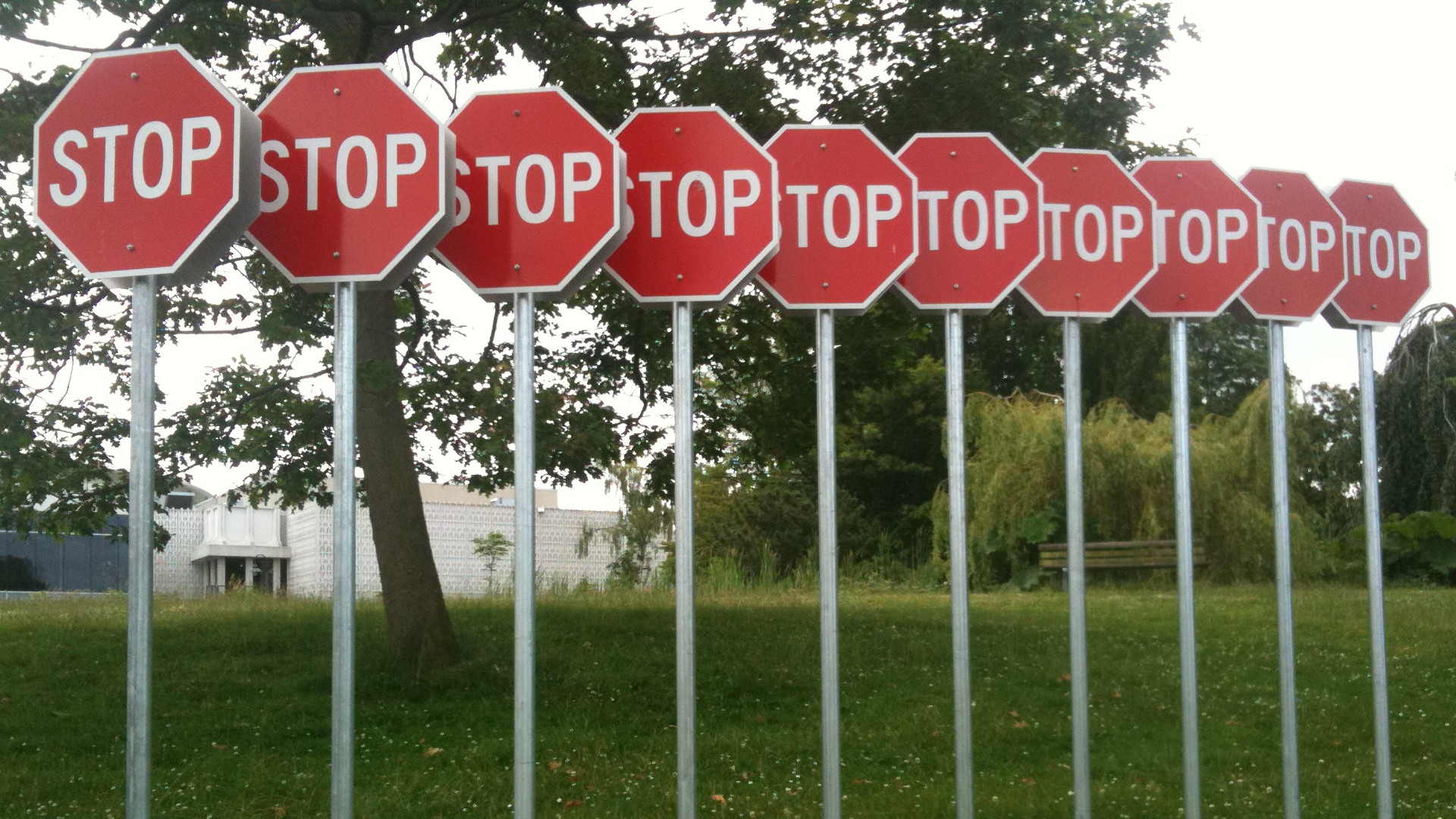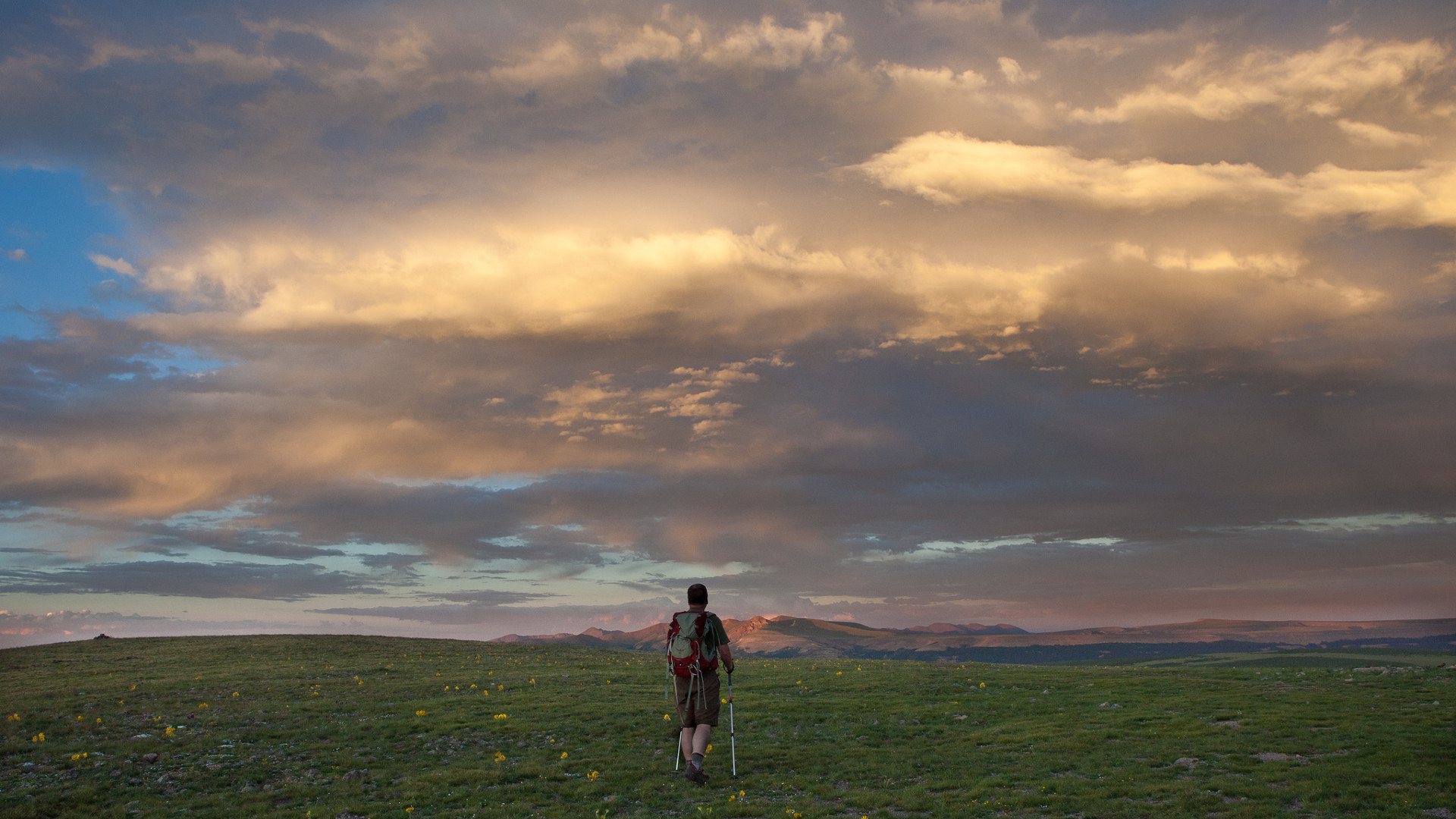Advisers press Trump administration to subject report to controversial “red team” review.
Earlier this month, someone involved in the government’s latest report on climate change provided The New York Times with a copy of the version submitted to the Trump administration for final approval. The main intent of the leak, according to several people tracking the report, was to complicate any attempt to suppress the study or water down its findings.
Publication of the document inflamed an already-fraught debate about climate change. Administration officials and Republican lawmakers accused the leaker and journalists of manufacturing a dispute. They said the report, which was required by law, was moving through a normal process of White House review.
The report was submitted in late June and the Trump administration has broad authority to review its findings. Any one of a number of government agencies can block its release, which is ultimately subject to presidential review.
Some of the scientists involved in preparing the document expressed concern that it might never see the light of day. Katharine Hayhoe, a lead author of the report and director of Texas Tech University’s Climate Science Center, said the motivation of its 50-plus authors — mix of government and academic researchers — was to convey to the public and government officials the scope of a building crisis.
“As a climate scientist, I feel communicating this science is a moral responsibility,” she said, noting that the contributors from academia were working without pay and taking away time from their teaching and scholarships. “We are the physicians of the planet,” she added. “Climate change poses risks to people and our economy.”
Several people involved with the study said the heat drawn by the early disclosure of the document might well have the opposite of its intended effect. They said there are signs that the Trump administration would subject the draft climate report to a “red team” vetting process in which a group of scientists would be invited to vigorously question its premises.
Government officials in intelligence and national security have long used the “red team” approach to stress test policy and intelligence conclusions about issues like Russian military strength. Scott Pruitt, the Environmental Protection Agency administrator, has called publicly for a “red team” review of the government’s position on climate science.
Sobering Science
In many ways, the 669-page “Climate Science Special Report” is utterly unremarkable. It is a review of existing science that concludes human activities are largely responsible for the warming of the planet. Worsening climatic and coastal impacts are almost inevitable unless the world’s industrial nations significantly reduce emissions of greenhouse gases.
Its contents came as no surprise to foes or supporters of polices aimed at cutting climate-warming emissions. Earlier drafts, with the same basic conclusions as those in the submitted document, had been publicly posted and in wide review since January.
What makes the report significant now is the challenge it poses to a White House that has been moving aggressively to reverse the Obama administration’s policies and rules on climate change. So far, the Trump administration has begun withdrawing the U.S. from the 2015 Paris Agreement, cut relevant environmental agency budgets and removed from some government websites language describing the risks of unabated global warming.
The science report, due out in final form late in the year, is actually just one component of a much bigger, and congressionally mandated, document, the Fourth National Climate Assessment, scheduled for publication in late 2018.
A 1990 law has required such assessments every four years by an office — the U.S. Global Change Research Program — created in 1989 by Republican President George H.W. Bush to coordinate research on climate change and other global environmental issues across more than a dozen government agencies.
There have been tussles over these assessments from the start. In the final years of the Clinton administration, the Competitive Enterprise Institute, which advocates for limited regulation and is heavily supported by industry groups, filed a legal challenge to aspects of the climate assessment process. The George W. Bush administration was accused by whistleblowers of blocking federal agencies from citing the 2000 report, which had been prepared under the Clinton administration.
That climate assessment projected temperatures in the U.S. would rise “more rapidly in the next one hundred years than in the last 10,000 years” and described “widespread water concerns,” but said agriculture could likely adapt while coastal regions faced rising danger with rising seas.
An “interim” version of the second climate assessment was published by the Bush administration in May 2008, but only after pressure from a critical Government Accountability Office report requested by Senators John McCain and John Kerry, and a successful lawsuit filed by environmental groups to force action.
It’s notable that the three full assessments produced so far — in 2000, 2009 and 2014 — were all published under Democratic administrations. More than a few analysts and experts involved in this arena suspect the next assessment will not appear before a Democrat wins the presidency.
Despite the requirements of the 1990 law, the White House has substantial power to derail such assessments, said Nicky Sundt, who managed communications for the global change program office through most of the two terms of George W. Bush. The law, for instance, doesn’t specify the scope or nature of the periodic assessments, said Sundt, who is now a senior fellow for climate at the Government Accountability Project, which in 2005 released documents showing that a political appointee had edited a different government climate report to soften its findings.
The climate science report at the center of the current dispute is being managed by a subcommittee of the National Science and Technology Council, a body established in 1993 by President Bill Clinton through an executive order to coordinate science policy.
That body, in theory, is chaired by the president or a designated proxy, Sundt said. The subcommittee managing the report, she said, operates by consensus, with anyone from a host of agencies able to block approval. “That opens up the possibility of all sorts of delays and changes,” she said.
And the president has the final say on what goes forward.
Another issue at the moment, she said, is simply transparency, describing the administration’s actions so far on this report as “troubled and opaque.”
Trump administration officials declined to comment on the climate science report as long as it is in draft form.
In an interview last week with a morning talk show on WBAP radio in Dallas-Fort Worth, Pruitt criticized efforts to publicize the draft findings and described next steps.
“This is a report that’s issued every four years — it’s just an assessment,” he said. “We’re going to review it like all the other twelve agencies and evaluate the merits and demerits and methodology and efficacy of the report,” he said, adding, “Science should not be politicized. Science is not something that should be just thrown about to try to dictate policy in Washington, D.C.”
In the interview, Pruitt appeared to offer conflicting signals on the climate issue. He hailed “what we’ve achieved in our country in reducing our CO2 footprint.” Then, seconds later, he questioned the science that has identified greenhouse gases released by burning fossil fuels as the prime driver of global warming.
Red Team, Blue Team
Trump administration officials focused on climate remain in close touch with groups challenging global warming science and determined to undo climate polices adopted by President Obama. According to both the Washington Examiner and the news section of the journal Nature, the administration has been weighing lists of skeptical climate scientists provided by the Heartland Institute, an industry-backed group that has for years run conferences aiming to cast doubt on climate change research.
In a blog post in late June, Patrick J. Michaels, a climate scientist at the Cato Institute, a think tank that advocates for reducing government regulation, argued that the government’s climate assessments were driven by a mix of politics and self-interest.
He pointed to the website of the U.S. Global Change Research Program, which described the Third National Assessment as “a key deliverable in President Obama’s Climate Action Plan’.” He added this quip: “No politics there, just science (sarc).” Then he asserted that hundreds of government officials and academic researchers make a living from the perennial reviews and research budgets on climate change. “It has always been in their interest to portray global warming as alarming, and therefore in need of even more federal research dollars,” Michaels wrote.
His post laid out several options for Trump, including replicating the Bush-era delays. He added, “If there is going to be a 2018 version, it had better be at least a 2018red team/blue team report.'”
The national assessment process has other influential critics, including Steven E. Koonin, who for two years was undersecretary for science in the Department of Energy in Barack Obama’s second term. Koonin now directs the Center for Urban Science and Progress at New York University and has periodically criticized what he sees as oversimplifications of climate findings.
An op-ed article by Koonin in The Wall Street Journal in April was the inspiration for the plan by EPA’s Pruitt, first reported in late June by ClimateWire, to develop an adversarial “red team — blue team” exercise to probe climate change conclusions.
In a phone interview last week, Koonin said government reports like the national climate assessments could benefit from this kind of scrutiny, no matter who is in office, to separate spin from substance.
He said issues can arise as authors choose which papers to include or exclude, and even in phrasing, especially in the summaries most people pay attention to. “You can look at the same data and say 2018we have low confidence hurricanes are increasing’ or you can say 2018we have high confidence hurricanes are not increasing,” he said. “I would like to have that discussion.”
This proposal has been widely pilloried by scientists, including John P. Holdren, who was science adviser to Barack Obama through his two terms. In a recent Boston Globe op-ed, Holdren compared the “red team” notion to a “kangaroo court.”
Koonin said he was not calling for a reassessment of scientific findings that were published by reputable scientific journals. “I don’t think this is the kind of review that should be applied to the original scientific literature,” he said. “We have peer review for that. It’s not perfect tool, but it works.”
He said he’s spoken about participating in such an exercise with Pruitt and Secretary of Energy Rick Perry (who has endorsed the idea).
Asked about the potential for politicization, he said: “I would not become engaged in this myself unless I could do so with integrity, thoroughness and transparency. But if I can do that and it aligns with the administration’s plans, that’s fine.”
Can Climate Science Survive the Political Climate?
Prediction is inadvisable. But there still is a chance the report could survive relatively unscathed, according to interviews with a range of people involved with the process, or closely tracking it.
For one thing, while the report reaches conclusions at odds with the views of Scott Pruitt and others in the administration, it also contains long sections on the scientifically established uncertainties that surround critical questions. Given the longstanding and bipartisan Washington tradition of highlighting findings that suit some agenda, there’s plenty for everyone.
Here’s a look at the clear and murky.
Drafted and reviewed by dozens of scientists within and outside government and endorsed earlier this year by the independent National Academy of Sciences, the report details findings drawn from a host of studies that are as close to certainties as science can produce.
One example is a section on human-driven trends in extreme heat and rainfall. It includes these points:
“The frequency and intensity of extreme temperature events are virtually certain to increase in the future as global temperature increases (high confidence). Extreme precipitation events will very likely continue to increase in frequency and intensity throughout most of the world (high confidence).”
Many findings directly contradict assertions of top administration officials. Here’s what the draft says about evidence for a human role in recent warming:
“[I]t is extremely likely that human influence has been the dominant cause of the observed warming since the mid-20th century. For the warming over the last century, there is no convincing alternative explanation … Many lines of evidence demonstrate that human activities, especially emissions of greenhouse gases, are primarily responsible for the observed climate changes in the industrial era.”
In an appearance in March on CNBC, Pruitt emphatically disagreed with that assertion.
“I think that measuring with precision human activity on the climate is something very challenging to do and there’s tremendous disagreement about the degree of impact. So no, I would not agree that it’s a primary contributor to the global warming that we see. But we don’t know that yet … We need to continue the debate and continue the review and the analysis.”
The report also lays out in detail sources of uncertainty around some of the most critical questions for the intended audience: institutions and individuals in the U.S., from the local to national scale, charged with protecting coasts, cities, croplands and other areas at risk from rising seas and disrupted weather patterns.
After noting three different sources of uncertainty about the pace of warming in the 21st century, the report says that changes in precipitation — often the critical interface between climate and human welfare — are even harder to predict:
“Due to the greater level of complexity associated with modeling precipitation, uncertainty tends to dominate in precipitation projections throughout the entire century, affecting both the magnitude and sometimes (depending on location) the sign of the projected change in precipitation.”
In a section on how the frequency of hurricanes and cyclones is likely to change, the report cites what’s been called a “hurricane drought” — a remarkable gap, “unprecedented in the historical records dating back to the mid-19th century” — in the U.S. being hit by storms category 3 or higher.
“In this case the assessment reaches conclusions inconvenient for political advocates on both sides — but that is how science works,” said Roger A. Pielke, Jr., a political science professor at the University of Colorado, Boulder, who’s been writing on the evolution of the global change research office since its early days and has frequently been called on by Republicans in Congress to testify about climate policy.
He said concerns about possible suppression were “misplaced,” noting the science report is being produced under procedures laid out in the Federal Advisory Committee Act, which includes transparency provisions that make it difficult to disrupt.
“As we’ve seen, the report couldn’t be suppressed even if they wanted to,” Pielke said. “It has been public, it is public, it will continue to be public. There are plenty of things to be concerned about — this report not seeing the light of day or somehow being reclassified is not one of those things.”
The best defense of the climate report’s integrity going forward may simply be how it reflects the scientific process itself, said David Hawkins, who directs the climate program at the Natural Resources Defense Council and worked at the EPA during the Carter administration.
“Thank goodness we have science-based institutions and dedicated professionals who work there,” he said. “Absent a dark ages, science is relentless. Trump may be able to sit on a report that the government is required to issue but he can’t issue a report with alternate science — at least not one signed by credentialed scientists.”
For her part, the report author Katharine Hayhoe has been busy on Twitter trying to cut through the noise:
ProPublica is a Pulitzer Prize-winning investigative newsroom. Sign up for their newsletter.
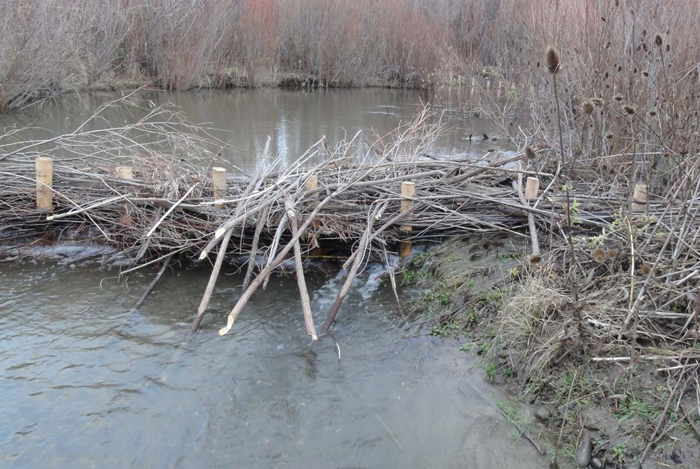

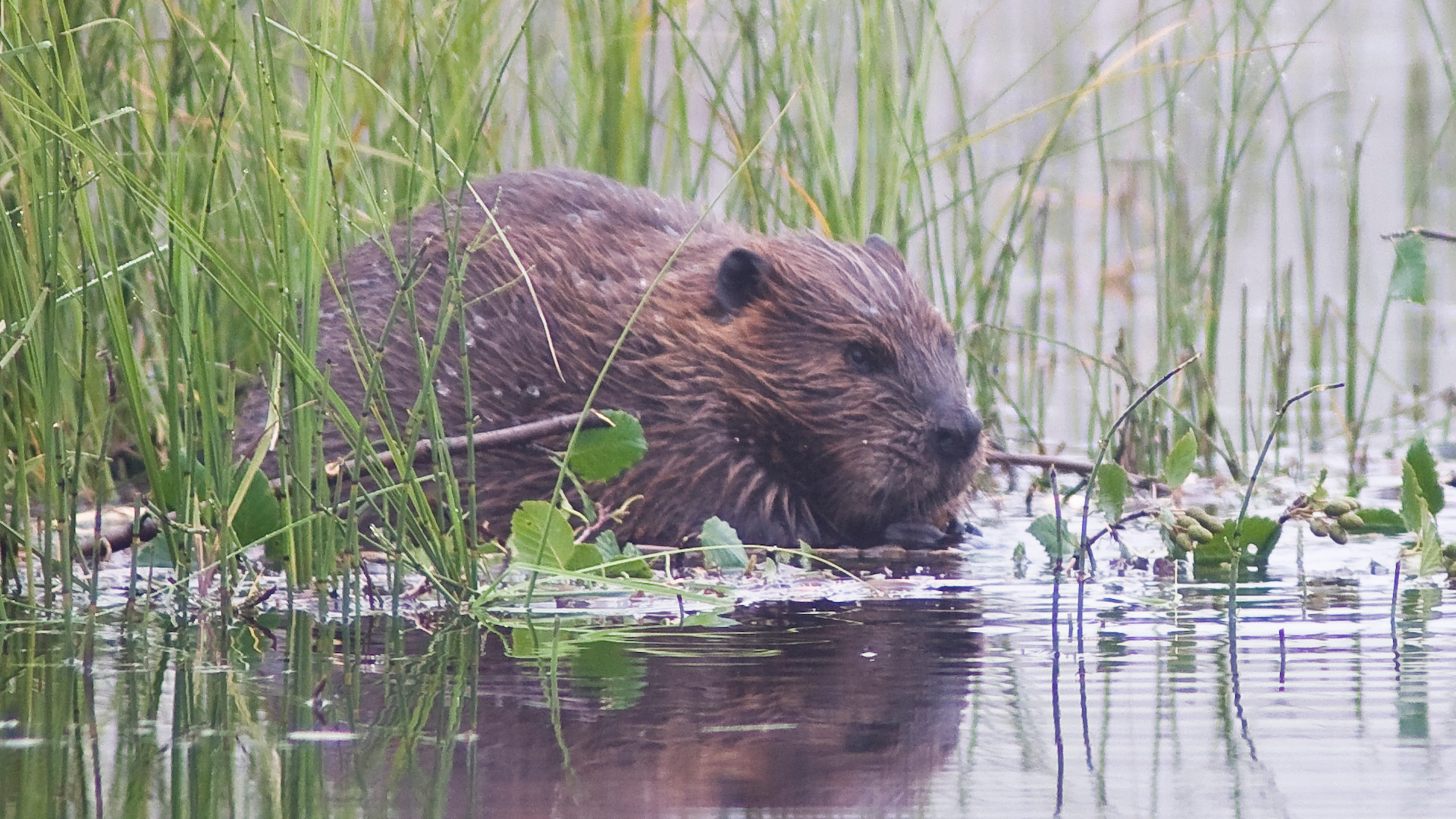
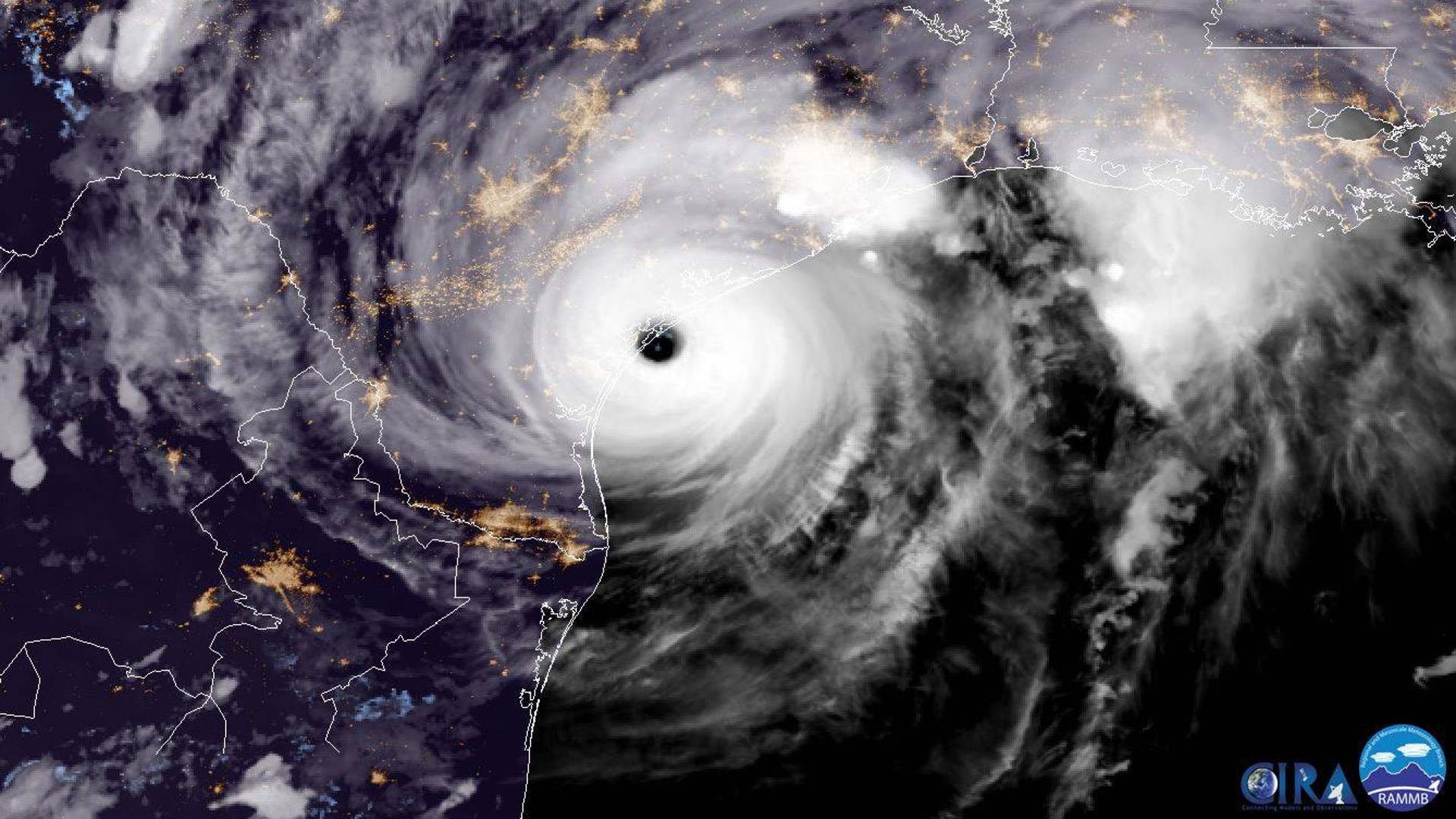

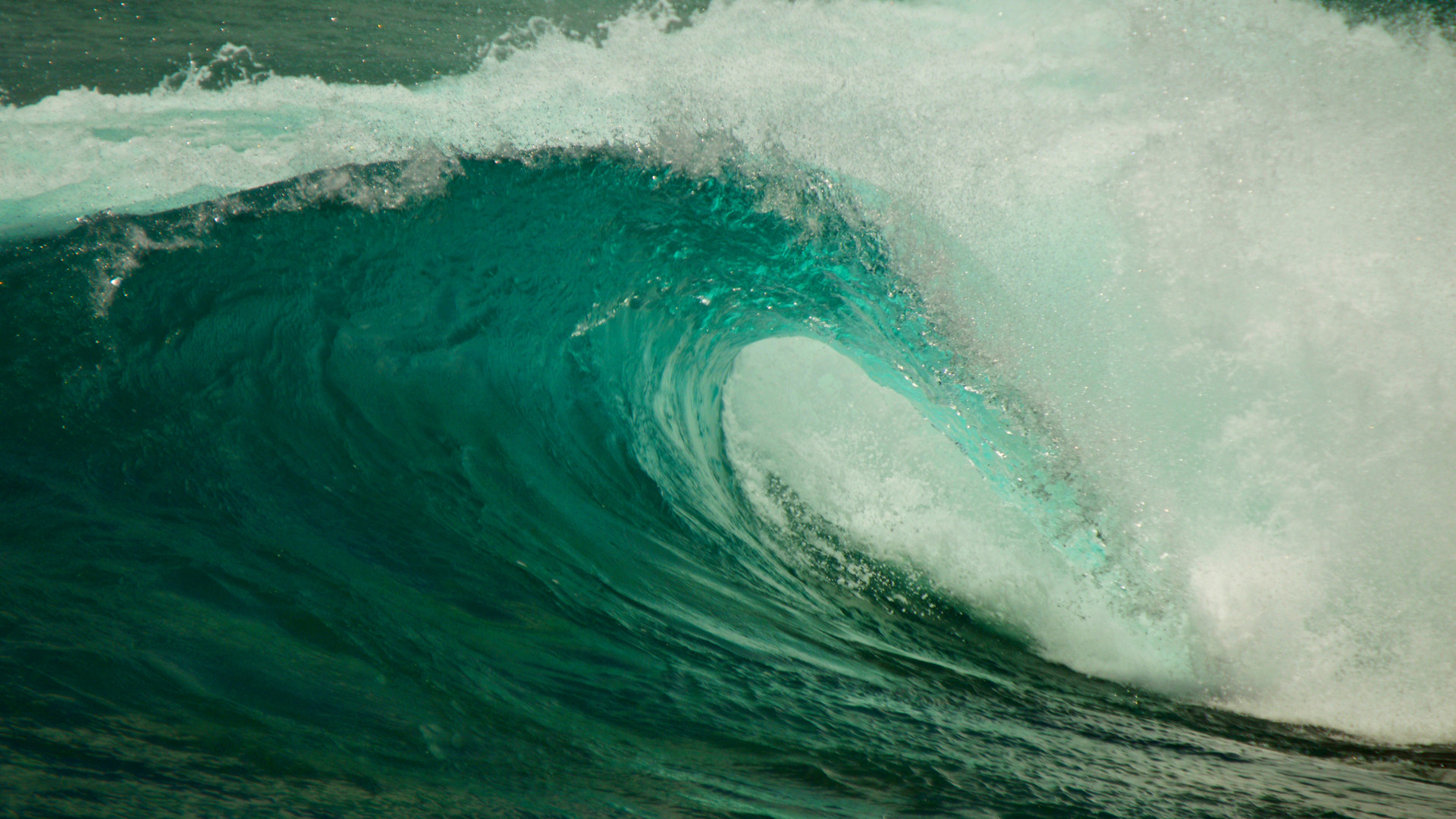
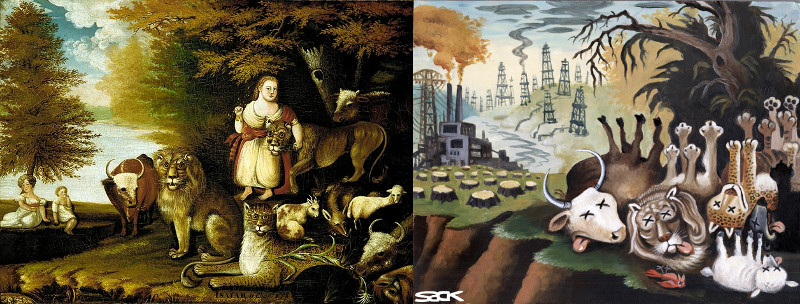
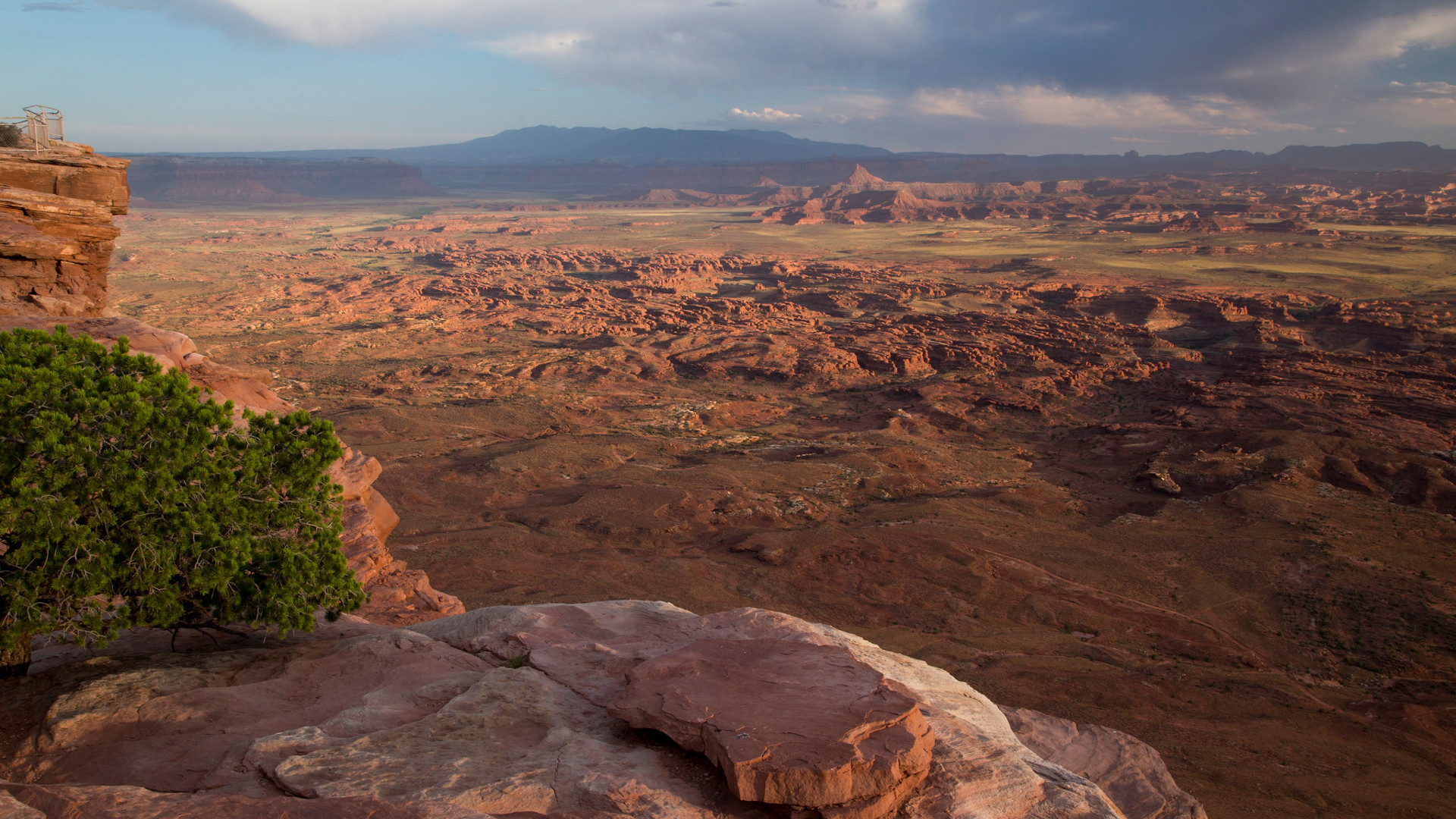

 The toolkit — one of several published by the organization — comes in response to the dozens of
The toolkit — one of several published by the organization — comes in response to the dozens of 